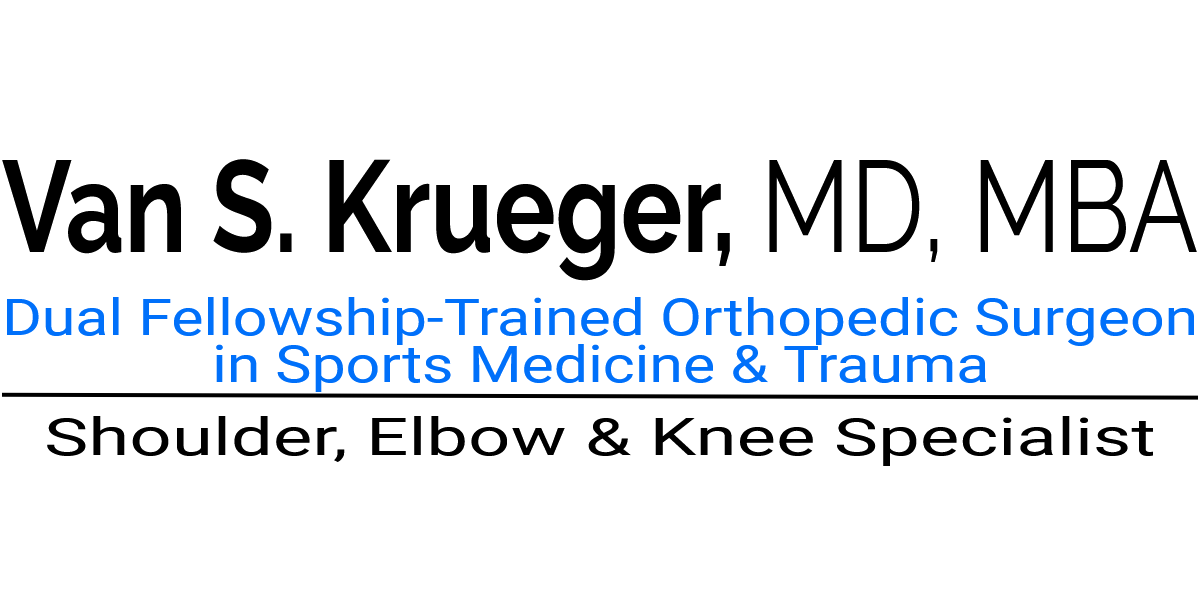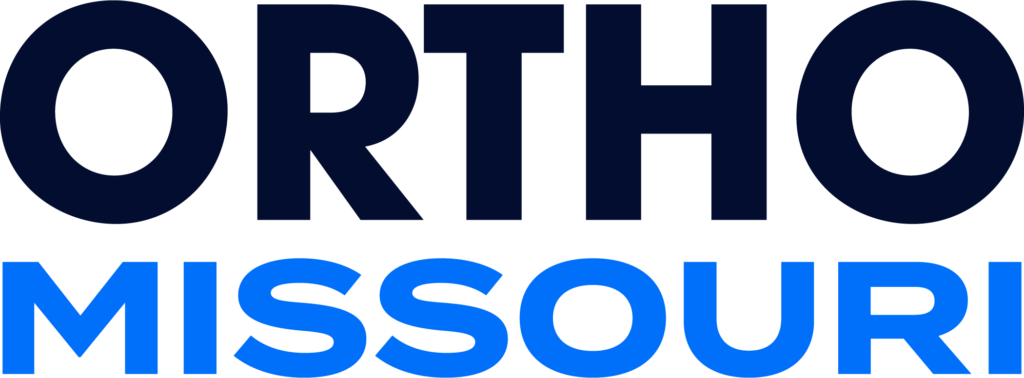Common Shoulder Fractures: Causes, Symptoms, and Treatment
Understanding Shoulder Fractures
Shoulder fractures can significantly impact mobility and function, often resulting from falls, direct trauma, or high-energy injuries. The shoulder consists of three major bones: the clavicle (collarbone), scapula (shoulder blade), and humerus (upper arm bone). Most fractures can be treated nonoperatively with a brief period of immobilization then physician directed rehabiliation protocol. However, certain fracture patterns and severity may require operative intervention to fully regain shoulder function. Below, we discuss some of the most common types of shoulder fractures and their treatment options.

- pin up
- pin up
- pin up
- mostbets casino
- mostbet az
- pin up uzbekistan
- mostbit
- mostbet kz
- pin up uz
- mostbet casino
- pin up
- mosbet
- mostbet aviator
Proximal Humerus Fractures
The proximal humerus is the upper part of the arm bone near the shoulder joint. These fractures are most commonly seen in older adults due to osteoporosis but can also occur in younger individuals after high-impact trauma, such as a car accident or work injury. The proximal humerus is made up of 4 parts, which generally fracture along the connections between these parts. The four parts consist of the head (or ball of the ball and socket shoulder joint), greater and lesser tuberosity (the attachments of the rotator cuff), and the shaft.
Three- and Four-Part Proximal Humerus Fractures
- Traumatic Dislocation – Often caused by sports injuries, falls, or accidents, leading to ligament damage and, in some rare instances, fracture.
- Repetitive Overuse – Common in overhead athletes (e.g., swimmers, football players, weightlifters) who place repeated stress on the shoulder.
- Treatment– Some people have naturally loose ligaments, making them more prone to shoulder instability.
- Non-Surgical– Sling immobilization for minimally displaced fractures.
- Surgical– ORIF if displacement exceeds 5mm, as this can affect rotator cuff function. Smaller fractures can be fixed arthroscopically, or minimally invasively. Larger fragments require open surgery.
Greater Tuberosity Fractures
The greater tuberosity is the bony prominence on the proximal humerus which is the attachment for most of the rotator cuff tendons, which function to elevate and rotate the shoulder joint.
- Causes – Direct impact, falls onto the shoulder, shoulder dislocations, or avulsion injuries from forceful rotator cuff contraction.
- Symptoms – Shoulder pain, weakness, difficulty lifting the arm.
- Treatment
- Non-Surgical– Sling immobilization for minimally displaced fractures.
- Surgical– ORIF if displacement exceeds 5mm, as this can affect rotator cuff function. Smaller fractures can be fixed arthroscopically, or minimally invasively. Larger fragments require open surgery.
Clavicle Fractures
Clavicle fractures are common in both athletes and the general population, typically resulting from falls directly onto the lateral shoulder.
Midshaft Clavicle Fractures
- Symptoms – Pain, swelling, deformity about the collarbone, and difficulty moving the arm.
- Treatment
- Non-Surgical– Sling immobilization for most midshaft fractures.
- Surgical– ORIF for significantly displaced fractures or fractures causing skin compromise.
Lateral/Distal Clavicle Fractures
- Symptoms – Pain, swelling, deformity about the collarbone, and difficulty moving the arm.
- Treatment
- Non-Surgical– Sling immobilization for 2-3 weeks for most fractures with intact ligaments.
- Surgical– ORIF for significantly displaced fractures with functional incompetent CC, or coracoclavicular ligaments.
Scapula Fractures
Scapula fractures are relatively rare due to the bone’s protected position but usually result from high-energy trauma, such as car accidents or significant falls.
- Symptoms – Pain in the upper back or shoulder, difficulty with movement, swelling, and bruising.
- Treatment
- Non-Surgical– Most fractures are treated conservatively with rest, ice, and gradual physical therapy.
- Surgical– Indicated for fractures involving the glenoid, severe displacement, or scapular body fractures with significant angulation affecting rotator cuff function.
When to Seek Medical Attention
If you experience significant shoulder pain after an injury, inability to move the shoulder, or visible deformity, it’s essential to seek medical evaluation. Urgent cares are great for lower energy accidents, such a fall or minor bike accident; emergency departments should be utilized when more comprehensive evaluation is required. Dr. Krueger usually can accomodate same day appointments, so call now to schedule: 314-375-3796.
Fractures are usually minor and heal without issues, but in rare instances if not treated appropriately can have last effecting. Dr. Krueger is dual fellowship-trained in orthopedic trauma and sports medicine, so he has extensive experience treating fractures of all types and developing personalized treatment plans for every patient, young and old, working or retired, weekend warrior or professional athlete. Call the office today to schedule a consultation.
Schedule an Appointment Today
If you’re experiencing shoulder instability, don’t wait to seek expert care. Contact my office today to schedule a consultation and discuss treatment options.

